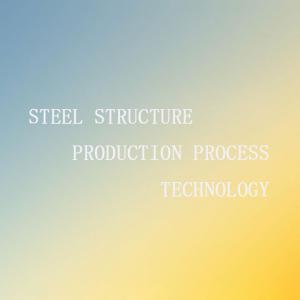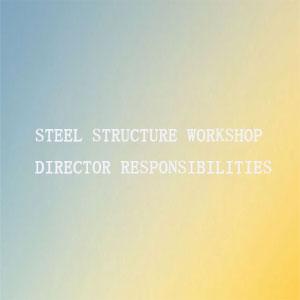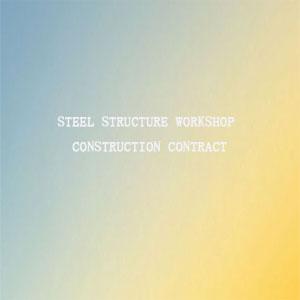Installation process of steel structure
Installation process of steel structureSteel structures have been widely used in modern architecture due to their high strength, light weight, and fast construction speed. The following is the detailed installation process for steel structures:
Construction preparation stage
1. Technical preparation
The steel structure installation team needs to be familiar with the construction drawings, steel structure design specifications, and relevant standards. Organize a technical briefing meeting to clarify installation requirements, quality standards, and key control points for construction personnel. At the same time, according to the drawings, prepare the construction measurement and layout plan, determine the measurement reference points and control network.
2. Material and equipment preparation
Conduct on-site acceptance of steel structural components, check whether the model, specifications, and quantity of the components match the design, inspect the appearance quality of the components, and check for deformation, damage, rust, and other conditions. Unqualified components should be dealt with in a timely manner. Prepare the necessary mechanical equipment for installation, such as cranes, welding machines, torque wrenches, etc., and ensure that the equipment performs well and operates normally. At the same time, prepare various auxiliary materials such as high-strength bolts, welding rods, gaskets, etc.
3. Site preparation
Clean up the construction site to ensure that it is flat, solid, and meets the requirements for the movement and operation of cranes and other equipment. Set up a component stacking area, divide and stack components according to their types and installation sequence, and make proper markings. Reasonably plan construction channels to ensure smooth transportation and hoisting of components.
Steel structure installation stage
1. Basic retesting and laying out
Retest the steel structure foundation and check whether the axis, elevation, position and size of the foundation's anchor bolts meet the design requirements. If there is any deviation, it should be adjusted and dealt with in a timely manner. Based on the results of the basic retest, install and lay out the steel structure, and mark the installation axis and elevation control line of the steel structure on the foundation to provide a reference for subsequent installation.
2. Installation of steel columns
Generally, cranes are used for lifting steel columns. Before lifting the steel column, the climbing ladder, cable wind rope, etc. should be tied to the column body. After the steel column is in place, it is initially fixed with anchor bolts, and then the verticality and elevation of the steel column are adjusted using a theodolite and a level. After the adjustment is qualified, the anchor bolts are tightened.
3. Steel beam installation
After the steel beams are assembled on the ground, they are lifted as a whole using a crane. The connection between steel beams and steel columns is usually made using high-strength bolts or welding. During the installation process, it is important to ensure that the arching and lateral bending of the steel beams meet the design requirements. For multi span continuous steel beams, it is necessary to ensure that the axis of the beam is on the same straight line.
4. Support system installation
The support system of steel structures includes horizontal and vertical supports. The installation of the support system should be carried out synchronously with the installation of steel columns and beams, or installed in a timely manner after their installation is completed, to ensure the overall stability of the steel structure. The connection of supporting components should be firm and reliable to ensure effective transmission of internal forces.
5. Welding and high-strength bolt connection
During welding operations, welders must hold a certificate to work. Before welding, the welding area should be cleaned and preheated, and appropriate welding process parameters should be selected. During the welding process, attention should be paid to the quality of the weld, including the appearance and internal quality of the weld, such as the presence of defects such as porosity, slag inclusion, and cracks. When connecting high-strength bolts, it is necessary to ensure that the specifications and models of the bolts are correct. During installation, the bolts should be tightened according to the specified torque value and checked with a torque wrench to ensure the tightness and reliability of the connection.
Post installation inspection and acceptance stage
1. Installation quality inspection
Inspect the overall installation quality of the steel structure, including whether the installation position, verticality, levelness, spacing, etc. of the components meet the design and specification requirements. Check the quality of welds and high-strength bolt connections, and promptly rectify any problems found.
2. Painting inspection
Check the coating quality of the steel structure for any omissions, peeling, or flaking. The coating should be uniform, aesthetically pleasing, and meet the requirements of anti-corrosion and fire prevention.
3. Data organization and acceptance
Organize various materials during the installation process of steel structures, such as material quality certification documents, concealed engineering acceptance records, inspection and testing reports, etc. Organize relevant units to conduct acceptance of steel structure installation projects, and deliver them for use after passing the acceptance.





